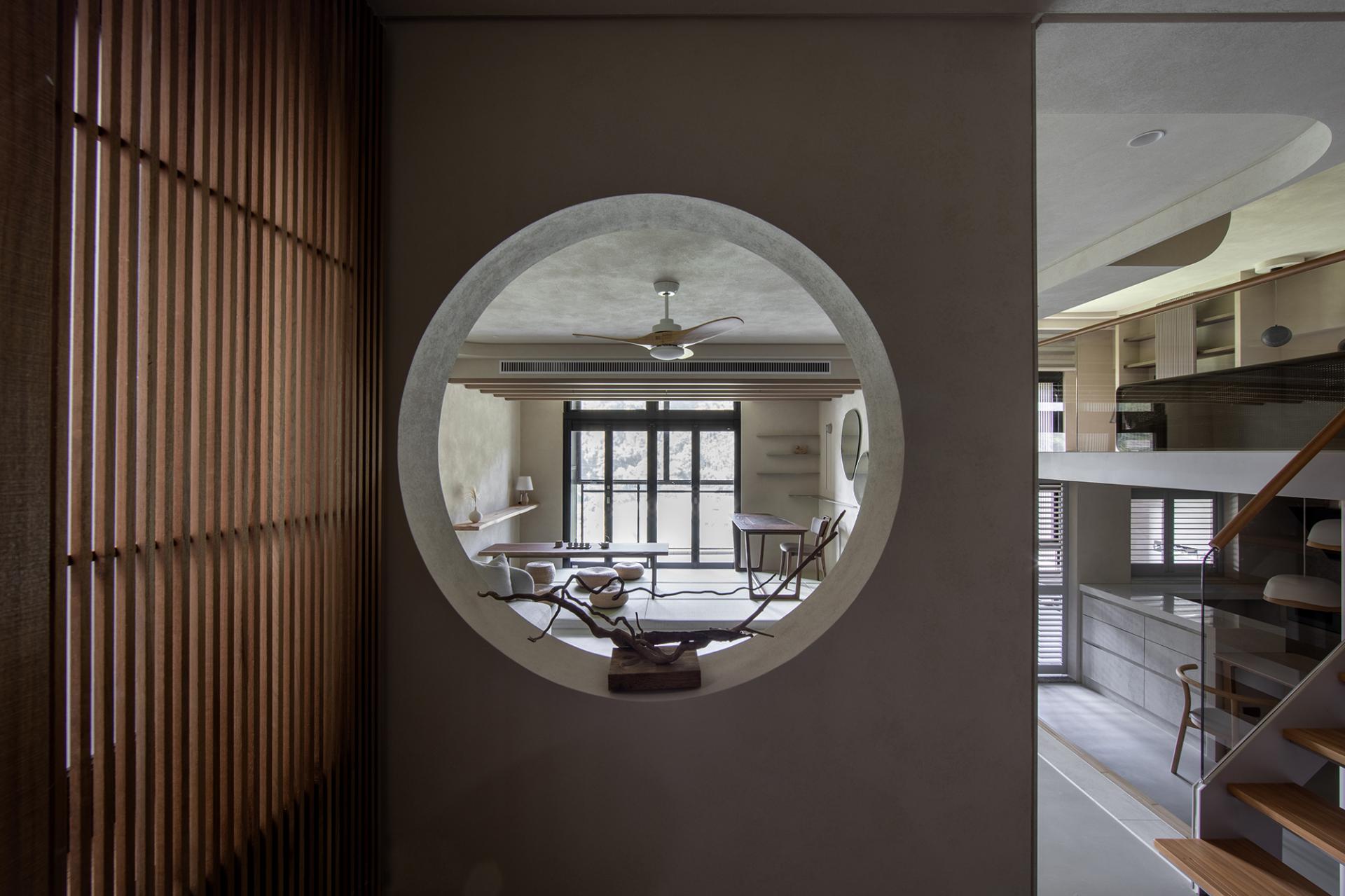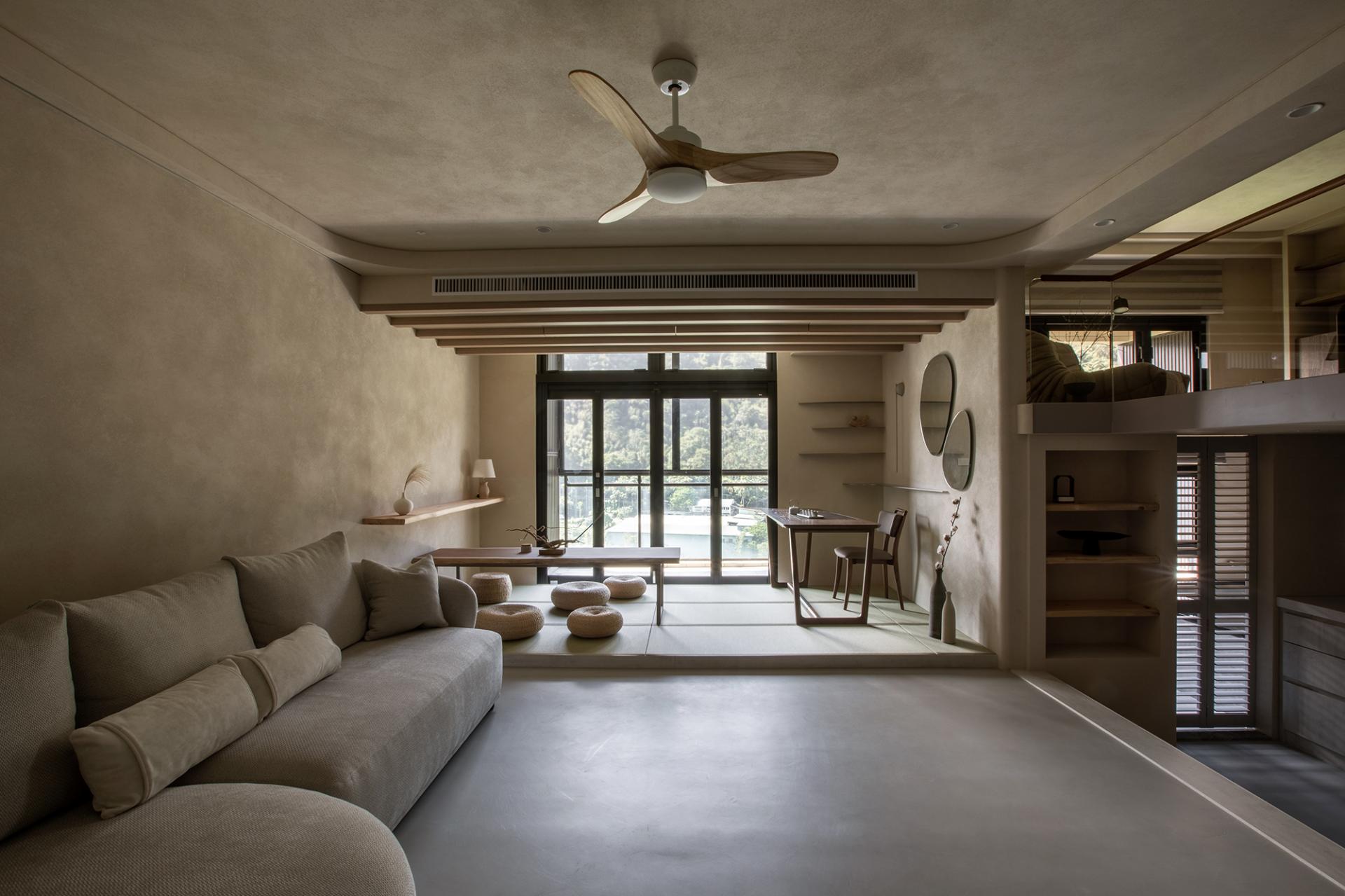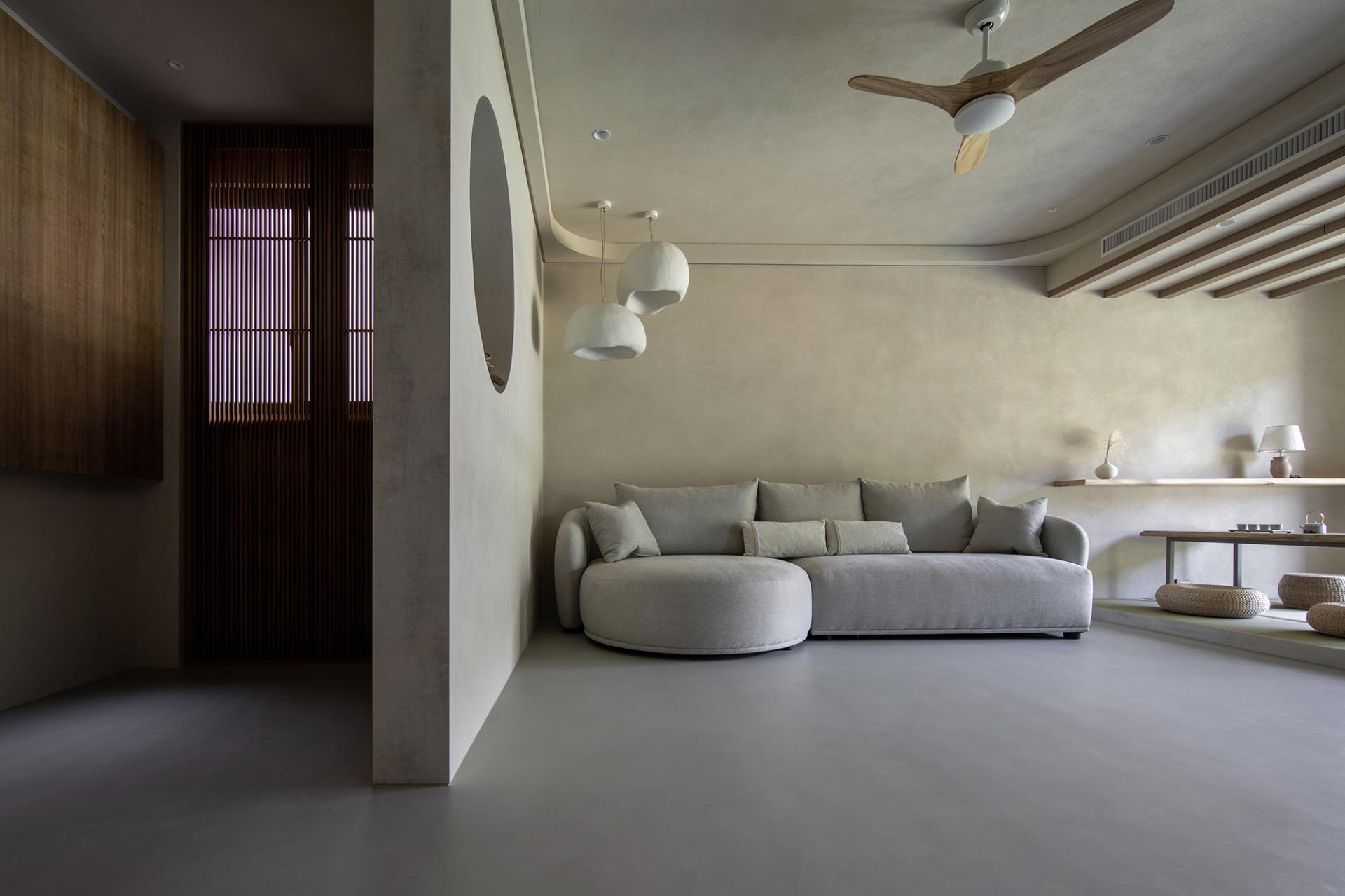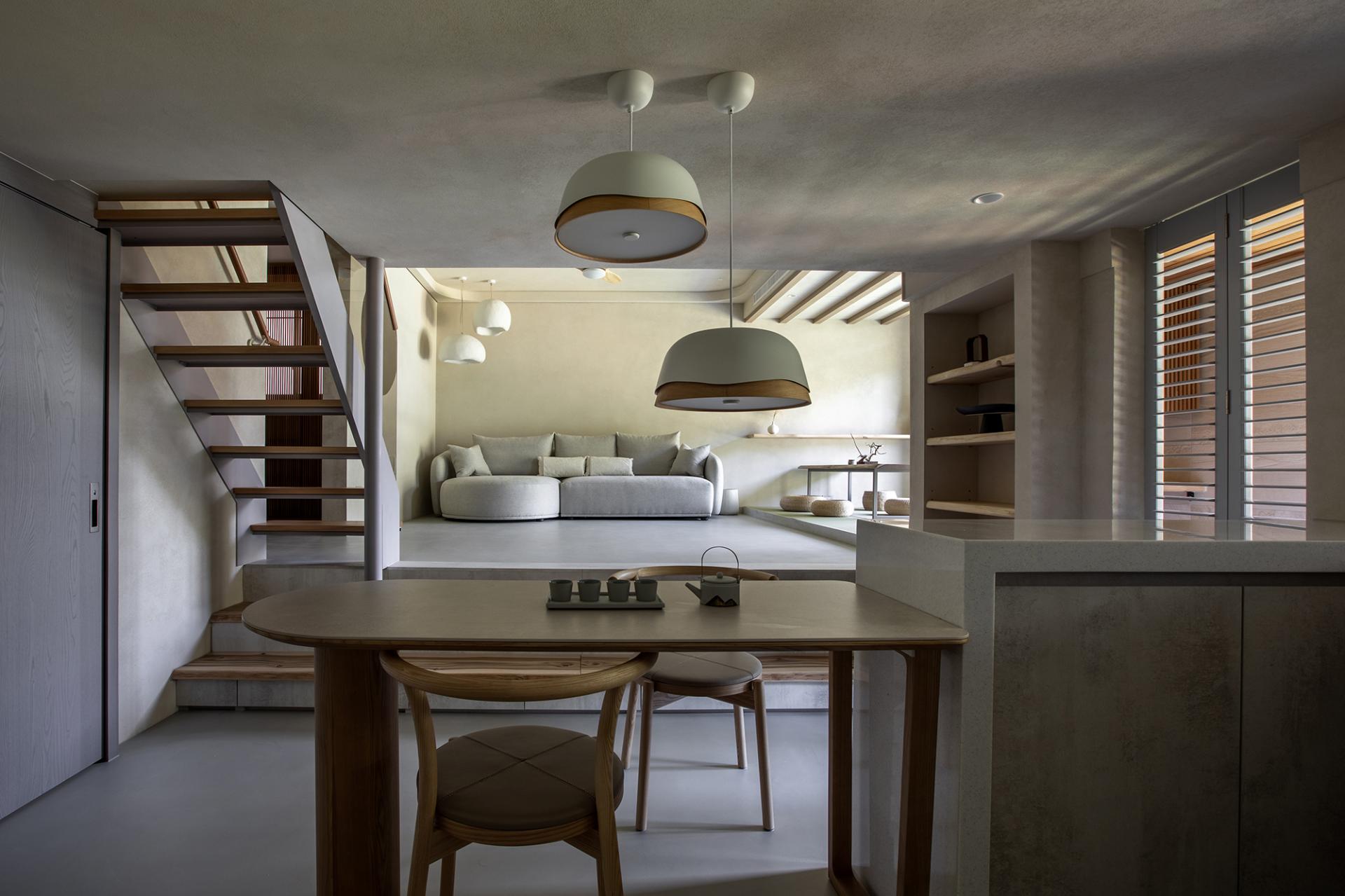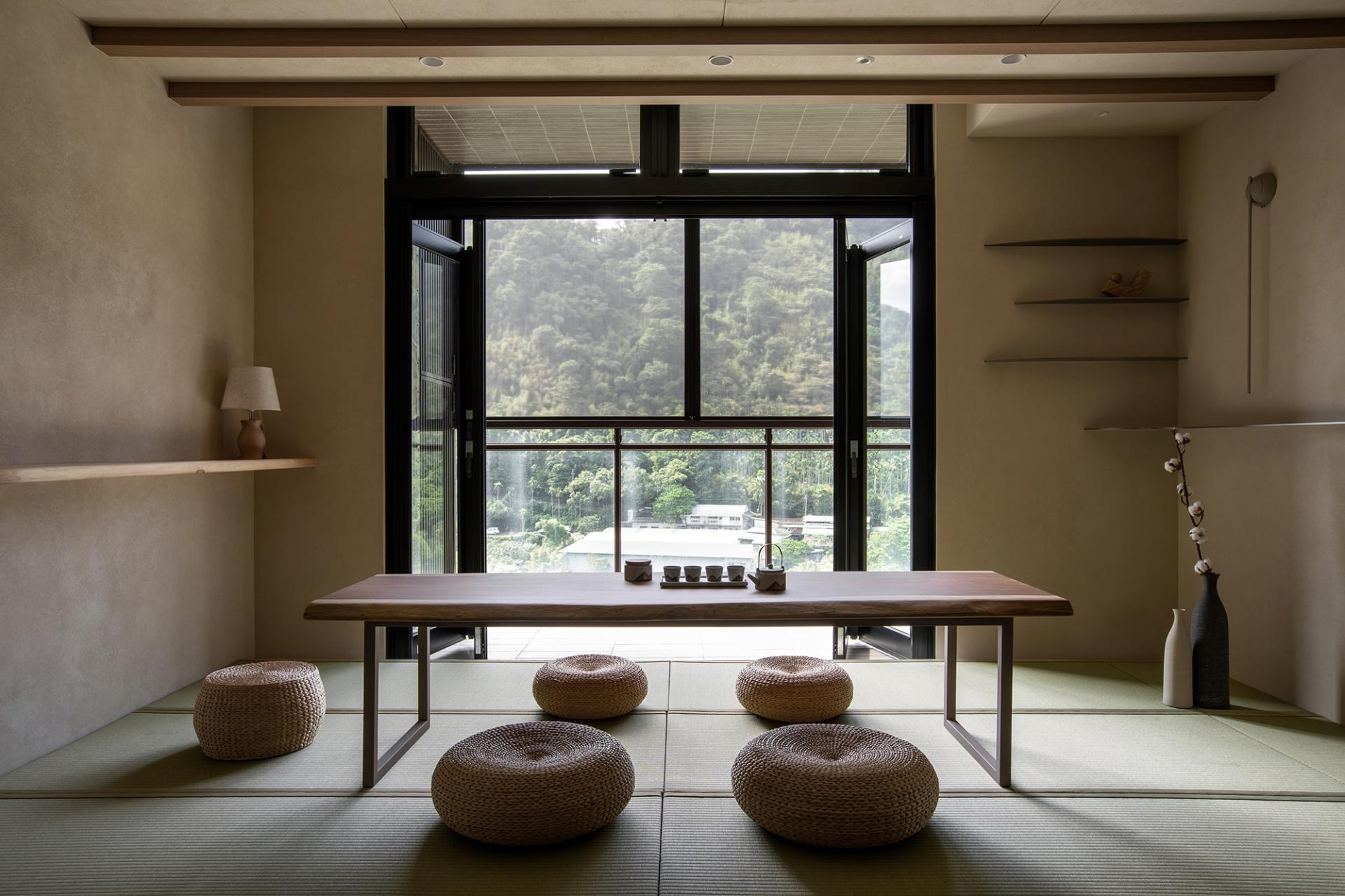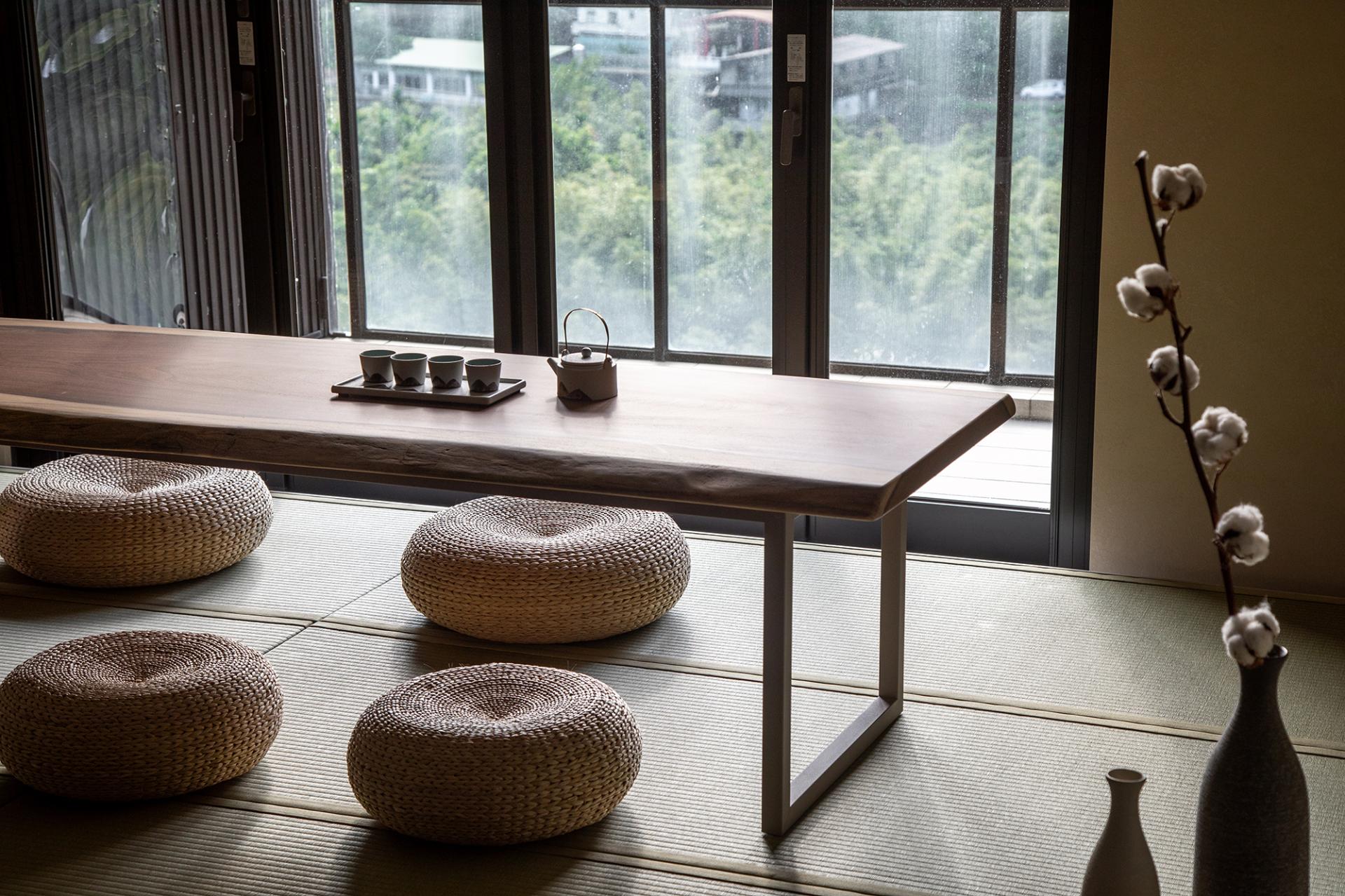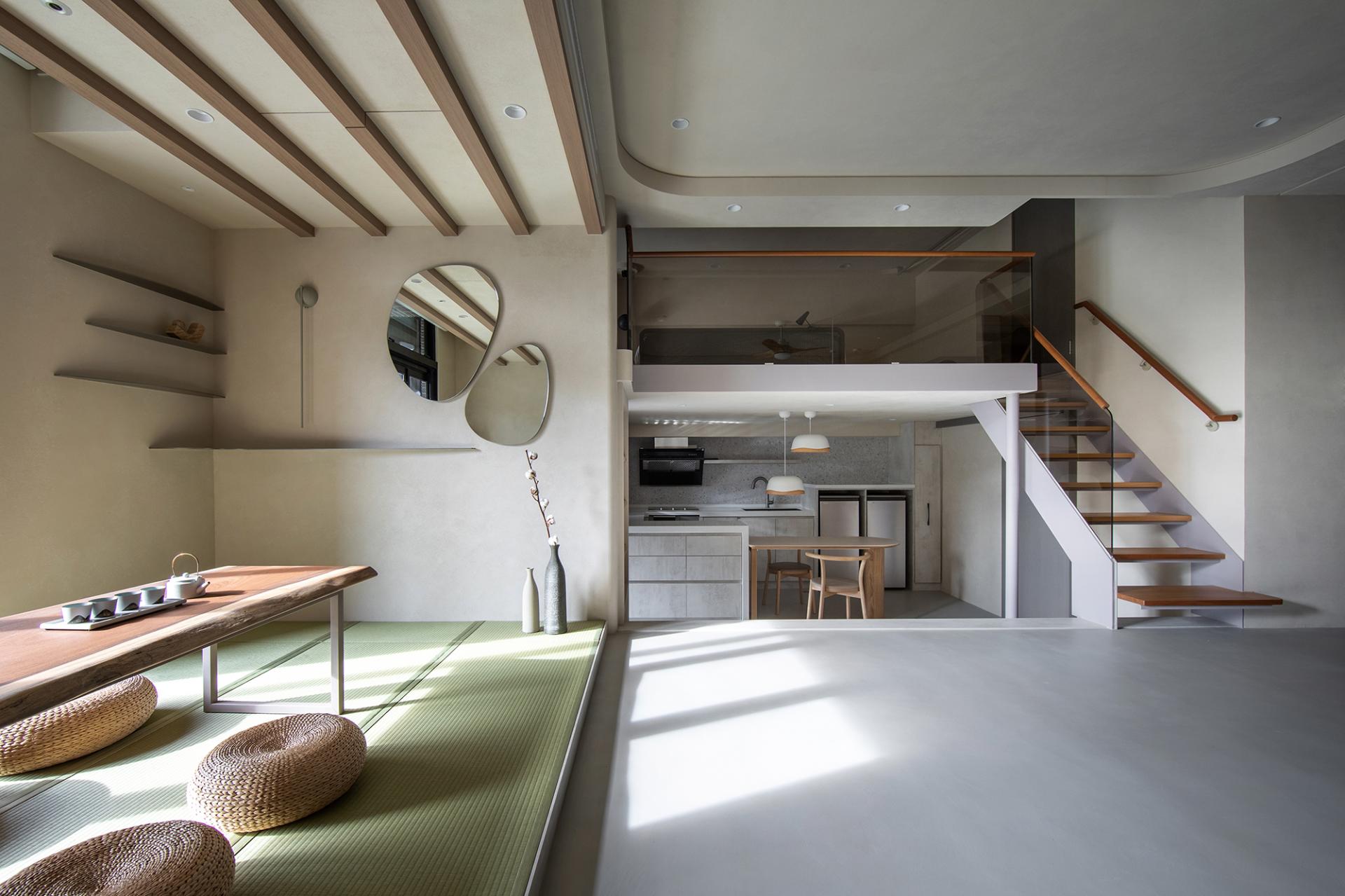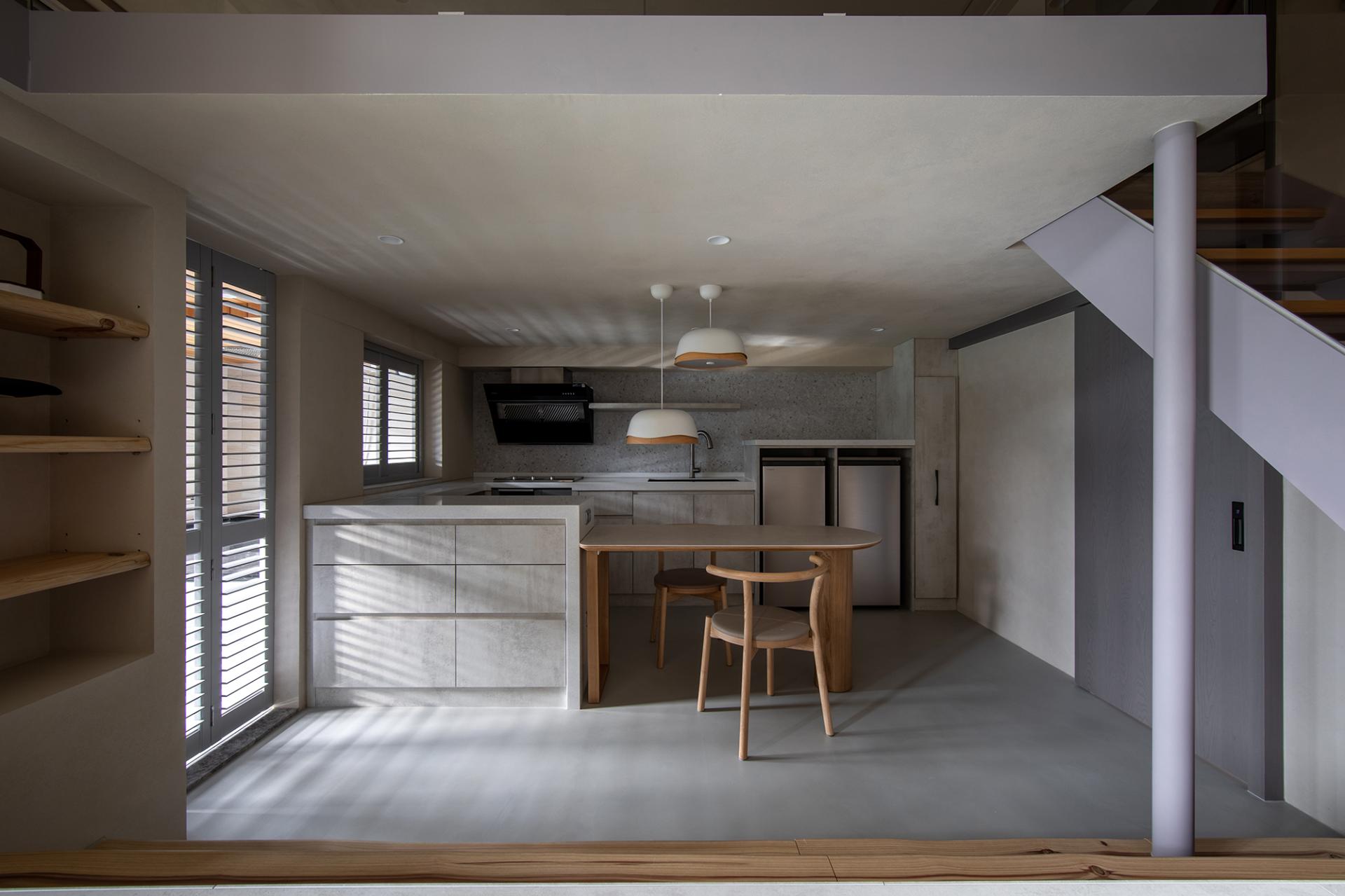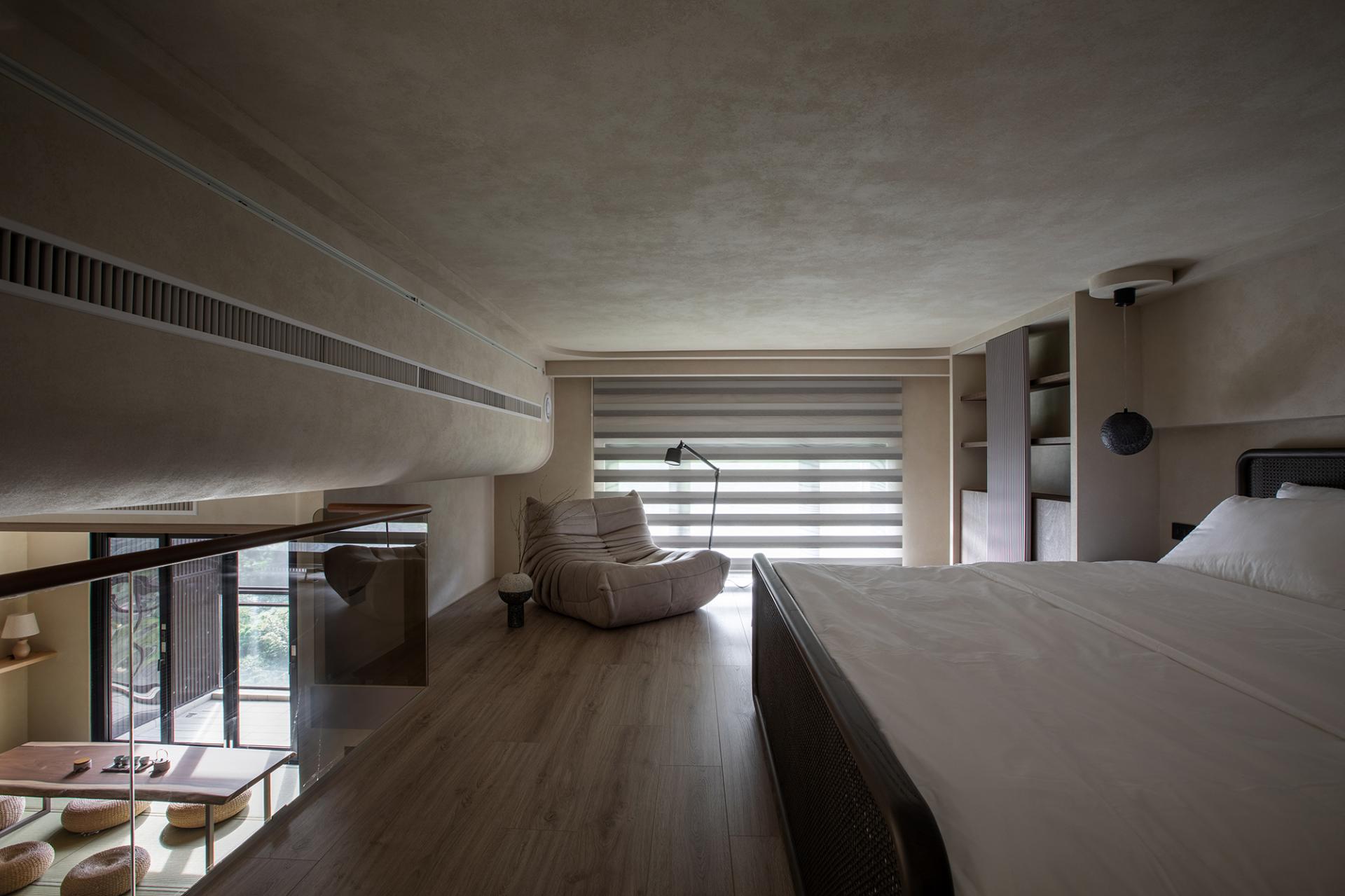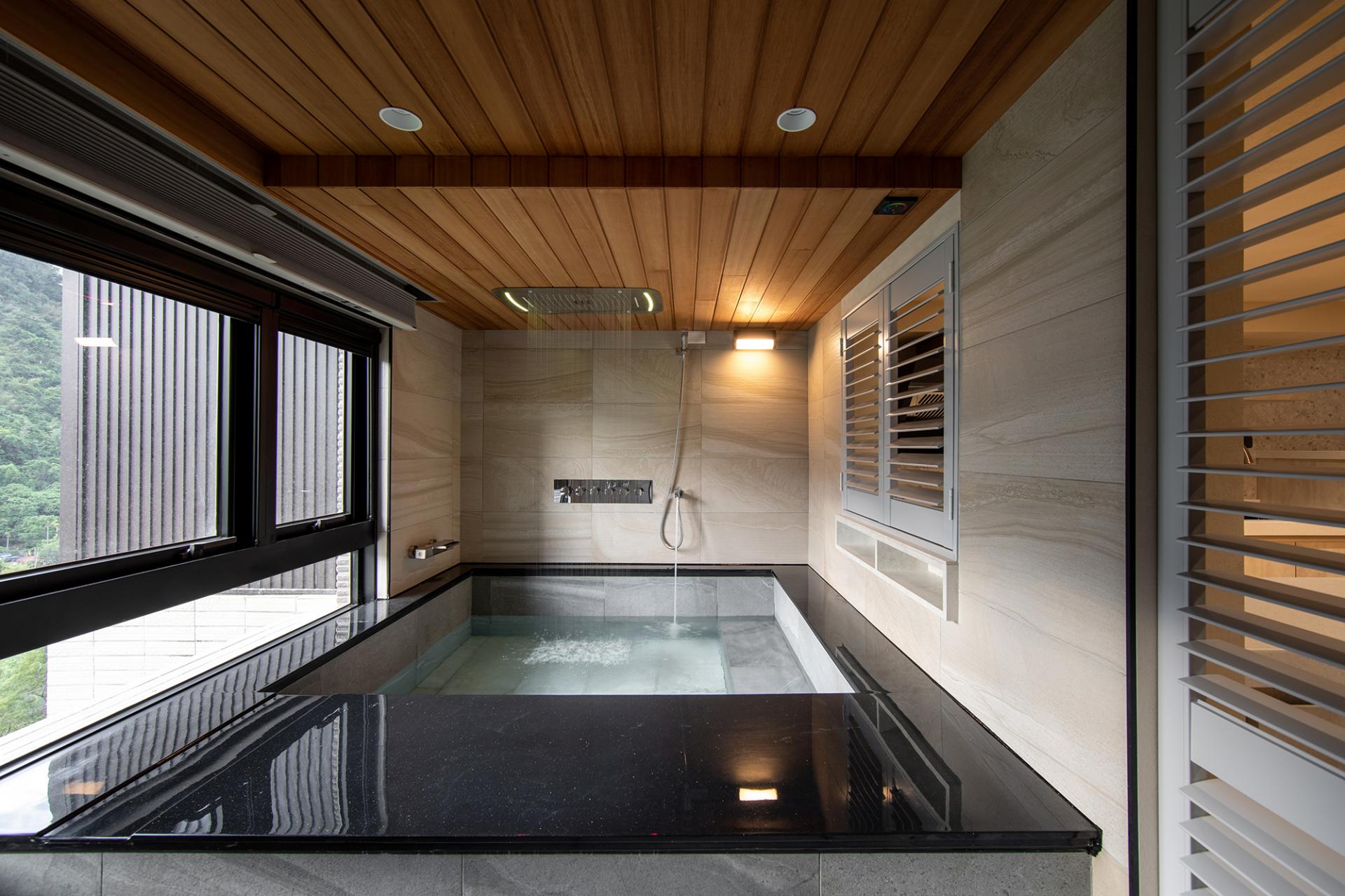2024 | Professional

The Inner Peace
Entrant Company
JZ51-JINZHE INTERIOR DESIGN
Category
Interior Design - Residential
Client's Name
Country / Region
Taiwan
This residential project defies the common forms of architecture. The designer has employed high ceilings, spatial arrangement at different levels, and Japanese wabi-sabi aesthetics to create a sensory experience of "the quietness of the years" for the occupants. The use of the low-saturated color configuration, simple material texture, and natural elements creates a pure, Zen atmosphere in the space, allowing people to calmly contemplate life and perceive its beauty and true meaning. By utilizing these design elements, the designers have successfully created a unique and serene environment that encourages introspection and contemplation.
The project is based on the theme of " Tranquility in the Years". The designer's goal is to create a harmonious, simple, and pure space by utilizing Japanese aesthetics - "wabi-sabi". The aim is to provide people with a serene and peaceful environment amidst the bustling world, where they can find tranquility and gain the power to settle their inner souls. The design approach is based on sensory experience. Low saturated colors, rough special lacquer, and raw wood materials are used without much carving, giving the space a "back to basics" feel. The end result is a quiet and remote living experience.
Wabi-sabi is a Japanese aesthetic concept that emphasizes the beauty of simplicity and imperfection. It is a state of mind and being that values harmony and serenity expressed through unadorned things. By creating a simple and peaceful environment, individuals can calmly reflect and internalize when facing the pressures of life, ultimately achieving true peace of mind and tranquility.
The entire space is adorned with low-saturated colors and features micro-cement and mineral paints to create a primitive, rough, simple, and layered atmosphere. Casual and smooth curved lines are incorporated to subtly soften the original cold and solemn feeling of the space. The lighting layout is specially designed to eliminate the need for a main light. Floor-to-ceiling windows introduce natural light, while localized accent lighting adds fluidity, lightness, and a warm, misty aesthetic to the space.
Credits
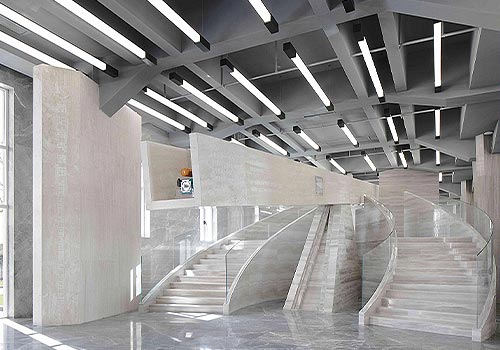
Entrant Company
0103 Interior design
Category
Interior Design - Exhibits, Pavilions & Exhibitions

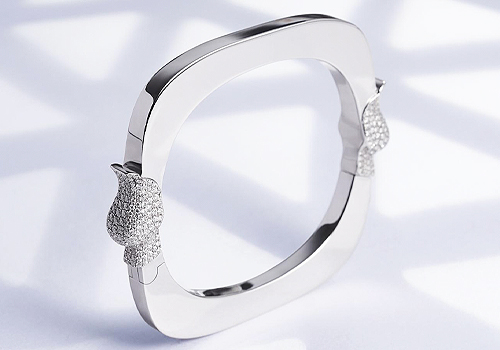
Entrant Company
BeiJing JiaShang Culture and Art Co.,Ltd
Category
Fashion Design - Jewelry

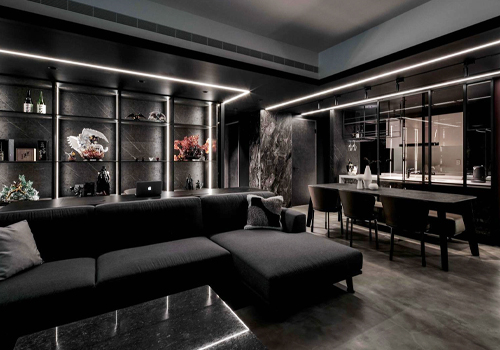
Entrant Company
DEAR YOU DESIGN Develop Co.,Ltd.
Category
Interior Design - Residential

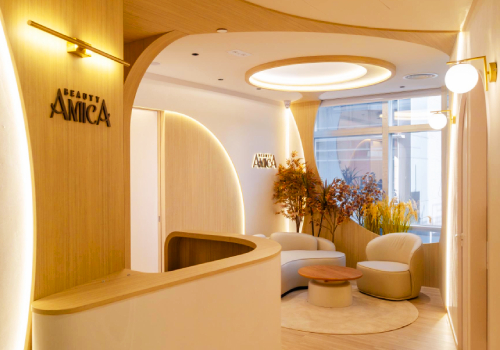
Entrant Company
Arti Studio Limited
Category
Lighting Design - Healthcare Facilities (Interior Lighting)

